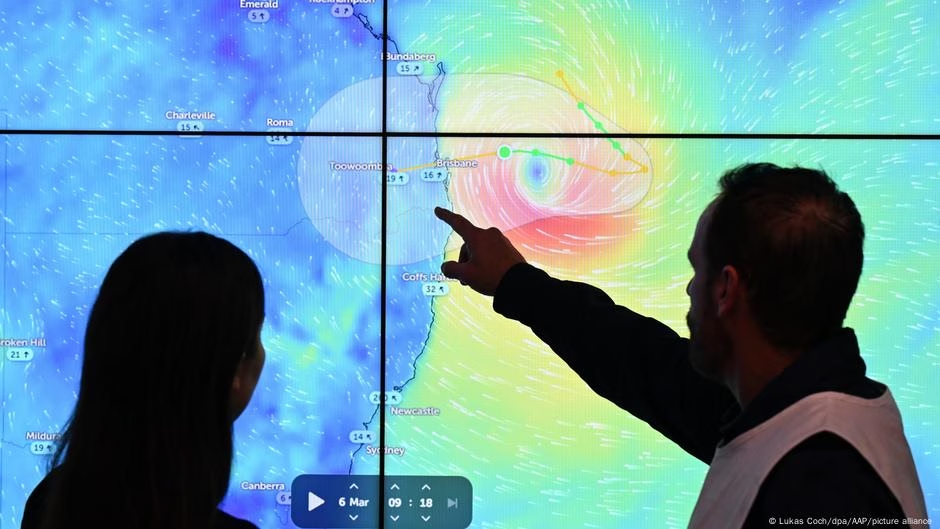The tropical cyclone, having weakened to a category 2 and then to a tropical low, caused extensive damage through torrential rain and strong winds, leading to severe flood alerts and widespread service disruptions after its landfall on Saturday.
Flash Floods Forecasted by Meteorologists
The city of Gold Coast, in Queensland, bore the brunt with over 112,000 homes plunged into darkness.
Queensland’s Essential Energy stated, “Prepare for several days without power. The challenges in restoring service include rising floodwaters, swollen creek beds, downed vegetation, and mudslides affecting access.”
Emergency responders reported that in affected zones, the floodwaters were reaching up to knee level, leading to numerous rescue operations, while approximately 1,000 state schools were advised to remain closed.
Premier of Queensland, David Crisafulli, announced that school reopenings will be determined based on safety conditions.
Meteorologists have issued warnings of potential flash flooding, especially in Brisbane, the capital of Queensland, due to continued heavy rainfall.
Although Brisbane Airport reopened on Sunday, officials cautioned that disruptions could still occur.
A Man Drowns After His Vehicle Is Swept Away
In New South Wales, emergency warnings continue for thousands of residents, with warnings against driving in floodwaters.
On Saturday, a 61-year-old man died after his vehicle was swept away by floods, while 13 soldiers sustained injuries in a truck rollover in Lismore during rescue operations.
Prime Minister Anthony Albanese stated on Sunday, “The situations in Queensland and northern New South Wales remain very serious due to flash-flooding and strong winds.”
“Expectations are for heavy rainfall, damaging wind gusts, and impacts from coastal surf to continue in the coming days,” Albanese noted in televised comments.
This report was edited by Kieran Burke








